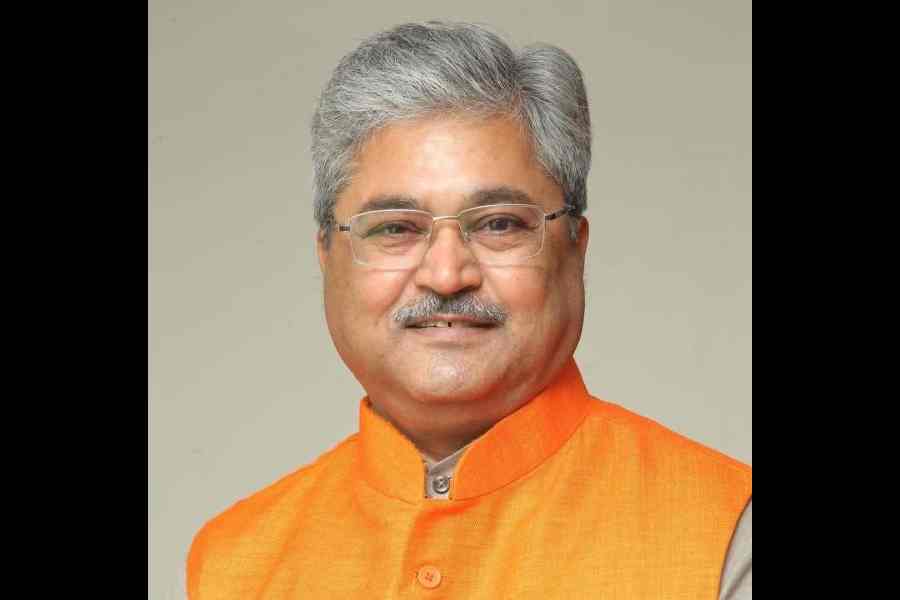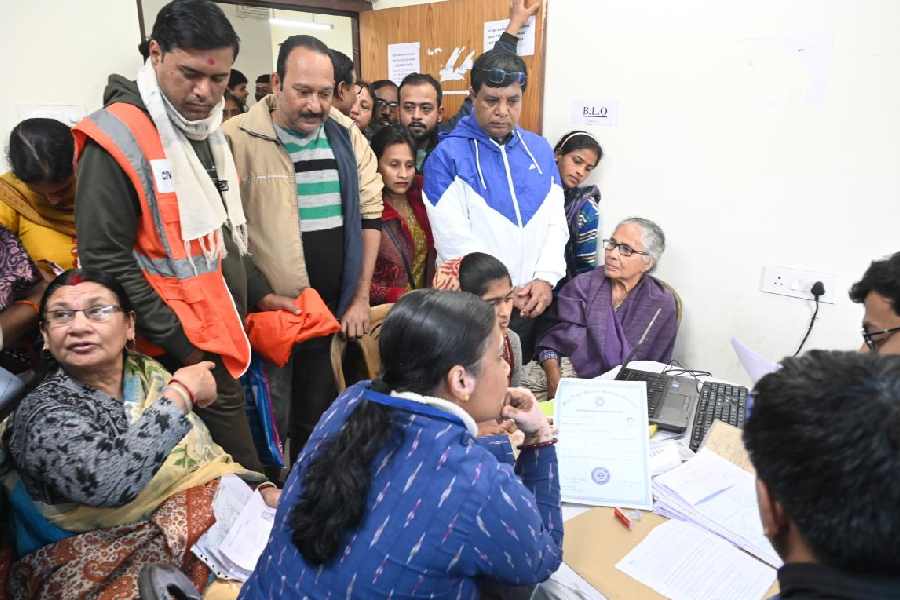Finance minister Nirmala Sitharaman laid out a comprehensive Union budget on February 1, 2023, comprising several targeted, pro-growth measures, aimed at fostering economic development and job creation.
The budget’s focus on uplifting the weaker and vulnerable sections is greatly encouraging and will go a long way in promoting inclusive growth and development of the country.
The various measures in Amrit Kaal’s first budget are rightly focused on prioritising the crucial growth levers of inclusive development, infrastructure and investment, and youth power, among others.
Particularly noteworthy is the government’s announcement of enhancing the capital expenditure outlay by Rs 10 lakh crore, an increase of 33 per cent from last year. This amounts to 3.3 per cent of India’s GDP and will immensely bolster economic growth and employment through a multiplier effect. This year also witnessed a balanced budget that was also fiscally prudent.
The government is focused on continuing its path of fiscal consolidation with the aim of reaching a fiscal deficit level of 4.5 per cent of GDP by 2025-26.
The CII is happy to note that in line with its recommendations, the fiscal deficit targets are pegged at 6.4 per cent of GDP for FY23 and 5.9 per cent for FY24.
The CII appreciates the many forward-looking measures in the budget, including the focus on technology-led growth by promoting the infusion of modern, futuristic technology across sectors such as agriculture, education and health.
The budget draws attention towards advanced skills training through schemes such as Pradhan Mantri Kaushal Vikas Yojana and the establishment of Skill India Centres, aimed at promoting new age courses for Industry 4.0.
The focus on digital will go a long way in enhancing the skill ecosystem of the country, while training and empowering the Indian youth to compete globally.
In line with advancing greater inclusion, the budget provided great relief to the MSMEs, with the extension of the credit guarantee scheme’s outlay by Rs 9,000 crore.
This will enable ease of access to credit for the Covid-hit, distressed sector. Tax relief to the country’s middle class, with measures such as no income tax of up to Rs 7 lakh, increase in tax rebate limit from Rs 5 lakh to Rs 7 lakh are all welcome moves and will stimulate demand and investments in the economy.
Measures such as the reduction of custom duties on imports of certain electronic parts will enhance the manufacturing capabilities of the electronics industry, which will provide a big fillip to the government’s Aatmanirbhar initiative.
Overall, with a host of wide-ranging measures, this year saw a holistic, balanced and fiscally prudent budget which delivered on many fronts and is expected to unleash the country’s true growth potential.
Chandrajit Banerjee is director-general of the Confederation of Indian Industry










